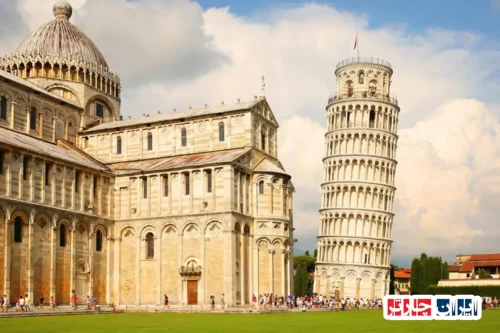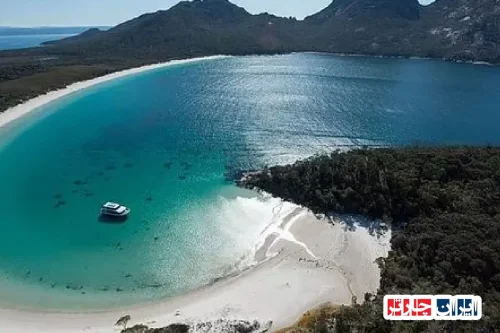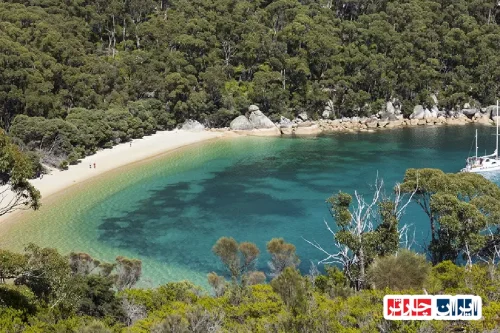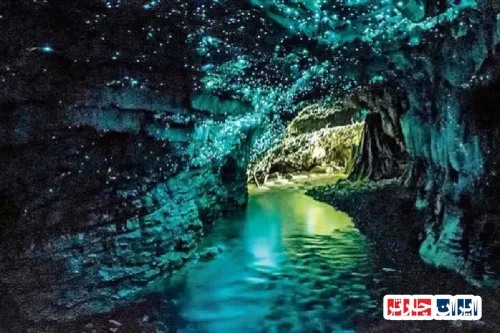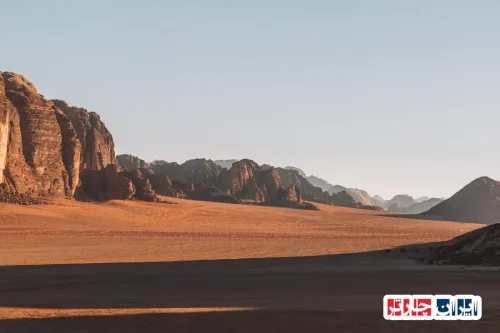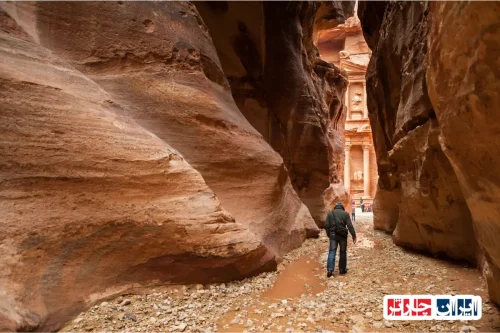Discover the Natural Wonders of Twelve Apostles Victoria Australia: An Unforgettable Coastal Experience
Exploring the breathtaking Twelve Apostles-Iran Charter in Victoria, Australia, offers visitors a unique opportunity to witness one of the world’s most stunning natural formations. These towering limestone stacks, shaped over millions of years by relentless natural processes, stand as a testament to the power of nature’s artistry. Located along the rugged coastline, the Twelve Apostles attract countless travelers each year who seek to experience their majestic presence firsthand. Whether you’re interested in photography, sightseeing, or simply immersing yourself in the serenity of the ocean, this iconic landmark provides an unparalleled scenic backdrop. The region’s dramatic cliffs, vibrant sunsets, and the soothing sound of waves crashing against the rocks create an atmosphere that captivates every visitor. Planning a trip to the Twelve Apostles Victoria Australia ensures an unforgettable adventure filled with awe-inspiring views and memorable moments. Don’t miss the chance to explore this natural wonder and learn about its fascinating geological history, which continues to evolve under the influence of natural forces. For a comprehensive experience, consider guided tours that delve into the region’s ecological significance and the stories behind these remarkable formations. Discover more about this extraordinary destination and make your journey to Victoria truly exceptional with Irancharter’s expert travel services.
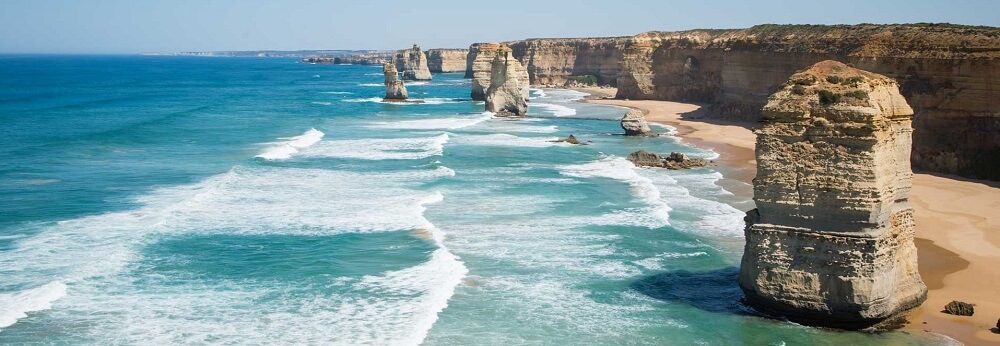
Discover the Natural Beauty of Twelve Apostles Victoria Australia
The Twelve Apostles in Victoria, Australia, stand as one of the most iconic natural wonders in the region. Carved over millions of years by the relentless forces of nature, these limestone stacks rise majestically from the Southern Ocean, offering breathtaking views and a unique geological spectacle. Visitors from around the world flock to this remarkable site to witness the stunning coastline, vibrant marine life, and dramatic sunsets that make the Twelve Apostles a must-see destination in Victoria.
Geological Formation and Natural Processes Behind the Twelve Apostles
The formation of the Twelve Apostles is a fascinating story of earth’s geological activity. These limestone stacks originated from sediment deposits in ancient seas, which over time were uplifted through tectonic movements. Continuous erosion caused by waves, wind, and weathering sculpted the cliffs into towering columns. The ongoing natural processes ensure that the landscape remains dynamic, with new formations gradually replacing those that have eroded away, making the Twelve Apostles a living geological masterpiece.
Best Time to Visit the Twelve Apostles for Spectacular Views
Timing your visit to the Twelve Apostles can greatly enhance your experience. The most popular time to see the site is during sunrise and sunset when the sky is painted with vibrant colors, and the limestone formations glow with warm hues. Spring and summer months offer longer daylight hours and calmer seas, ideal for photography and sightseeing. Visiting during weekdays or early mornings can also help avoid crowds, allowing for a more peaceful and immersive experience of this natural wonder.
Top Tips for Capturing Stunning Photos of the Twelve Apostles
Photographers aiming to capture the beauty of the Twelve Apostles should prepare with the right equipment, including a sturdy tripod and a camera capable of low-light shooting. Golden hour, just after sunrise or before sunset, provides optimal lighting conditions. Experimenting with different angles, such as capturing the formations against the colorful sky or with crashing waves in the foreground, can produce striking images. Patience and attention to weather conditions are key to obtaining memorable photographs of this iconic site.
Conservation and Preservation Efforts at the Twelve Apostles
The Twelve Apostles face threats from natural erosion and human activity. Conservation initiatives focus on protecting the delicate limestone stacks and surrounding environment. Visitor education programs emphasize responsible tourism, encouraging visitors to stay on designated paths and avoid damaging the formations. Ongoing scientific research helps monitor erosion rates and develop strategies to preserve this natural heritage for future generations. Sustainable tourism practices are vital to maintaining the site’s beauty and ecological integrity.
Wildlife and Marine Life Around the Twelve Apostles
The waters surrounding the Twelve Apostles are rich in marine biodiversity. Seals, dolphins, and various seabirds thrive in this ecosystem, adding to the area’s natural appeal. Birdwatchers can spot species like albatross and gulls nesting nearby, while underwater divers may explore vibrant coral reefs and kelp forests. Protecting this habitat is essential for maintaining the ecological balance and ensuring that visitors can continue to enjoy the diverse wildlife that calls this region home.
Nearby Attractions and Activities for Visitors
Beyond the Twelve Apostles, the Great Ocean Road offers a plethora of attractions. Visitors can explore scenic coastal walks, visit the nearby Loch Ard Gorge, or enjoy whale watching tours during migration seasons. Adventure seekers might try surfing, kayaking, or helicopter rides for a bird’s-eye view of the coastline. Local towns provide charming cafes, shops, and cultural experiences, making the area a comprehensive destination for nature lovers and adventure enthusiasts alike.
Understanding the Cultural Significance of the Twelve Apostles
The Twelve Apostles hold cultural importance for the indigenous Gunditjmara people, who have inhabited the region for thousands of years. Their stories and traditions are intertwined with the landscape, reflecting a deep connection to the land and sea. Recognizing this cultural heritage enriches visitors’ appreciation of the site, emphasizing the need for respectful tourism and preservation of both natural and cultural assets. Educational programs and guided tours often highlight these indigenous perspectives, fostering greater understanding and respect.
Future Challenges and Sustainable Management of the Twelve Apostles
As tourism continues to grow, managing the environmental impact on the Twelve Apostles becomes increasingly critical. Rising sea levels and climate change threaten the stability of the limestone stacks, necessitating proactive conservation measures. Implementing sustainable tourism practices, such as limiting visitor numbers and promoting eco-friendly transportation, can help mitigate negative effects. Collaboration between government agencies, local communities, and environmental organizations is essential to ensure the long-term preservation of this iconic natural wonder for generations to come.
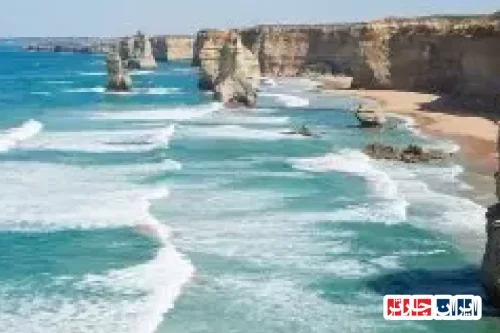
Frequently Asked Questions
- What are the Twelve Apostles?
- The Twelve Apostles are a collection of stunning limestone stacks located along the southern coast of Victoria, Australia. These natural formations have been carved over millions of years by the relentless forces of wind, waves, and weathering, creating a breathtaking coastal landscape that attracts visitors from around the world.
- How were the Twelve Apostles formed?
- The formations originated from sediment deposits in ancient seas. Over time, tectonic movements uplifted these sediments, which were then sculpted by erosion from waves, wind, and weather, resulting in the towering limestone stacks we see today. The landscape continues to evolve due to ongoing natural processes.
- When is the best time to visit the Twelve Apostles?
- The ideal times are during sunrise and sunset when the sky is vibrant and the formations are illuminated with warm hues. Spring and summer offer longer daylight hours and calmer seas, perfect for photography and sightseeing. Visiting early mornings or weekdays can also help avoid crowds.
- What are the top tips for photographing the Twelve Apostles?
- Use a sturdy tripod and a camera capable of low-light shooting. Capture during golden hour—just after sunrise or before sunset—for optimal lighting. Experiment with different angles, including capturing the formations against colorful skies or with crashing waves in the foreground. Patience and checking weather conditions are key.
- Are there any conservation efforts to protect the Twelve Apostles?
- Yes, various initiatives focus on preserving these limestone stacks and their environment. Visitors are encouraged to stay on designated paths and avoid damaging the formations. Scientific monitoring helps track erosion, and sustainable tourism practices are promoted to ensure the site’s longevity.
- What wildlife can be seen around the Twelve Apostles?
- The waters are rich in marine life, including seals, dolphins, and seabirds such as gulls and albatross. Underwater, divers can explore vibrant coral reefs and kelp forests. Protecting this habitat is vital for maintaining ecological balance and supporting diverse species.
- What activities are available near the Twelve Apostles?
- The surrounding area offers scenic coastal walks, visits to Loch Ard Gorge, whale watching tours during migration seasons, and adventure activities like surfing, kayaking, and helicopter rides. Nearby towns feature cafes, shops, and cultural attractions for a complete experience.
- What is the cultural significance of the Twelve Apostles?
- The site holds cultural importance for the indigenous Gunditjmara people, who have inhabited the region for thousands of years. Their stories and traditions are linked to the landscape, emphasizing respect and preservation of both natural and cultural heritage.
- What are the future challenges facing the Twelve Apostles?
- Rising sea levels, climate change, and increased tourism pose threats to the formations. Managing visitor numbers, promoting eco-friendly transportation, and ongoing conservation efforts are essential to protect this natural wonder for future generations.
- How can visitors help in conserving the Twelve Apostles?
- Visitors should follow designated paths, avoid touching or damaging the formations, and respect local guidelines. Supporting sustainable tourism initiatives and participating in educational programs also contribute to preservation efforts.
- Are there guided tours available at the Twelve Apostles?
- Yes, guided tours are available that provide insights into the geological formation, cultural history, and ecological significance of the site. These tours enhance visitor understanding and promote responsible tourism.
- Can I visit the Twelve Apostles year-round?
- Yes, the site is accessible throughout the year. However, weather conditions can vary, so planning ahead and checking local forecasts can ensure a better experience. The best times are during sunrise and sunset for spectacular views.
- Is there an entrance fee to visit the Twelve Apostles?
- No, the Twelve Apostles are part of a national park and are free to visit. However, parking and guided tours may have associated costs.
- What should I bring when visiting the Twelve Apostles?
- Comfortable walking shoes, camera, water, sun protection, and weather-appropriate clothing are recommended. If planning to photograph, bring a tripod and extra batteries or memory cards.
- How does climate change affect the Twelve Apostles?
- Climate change accelerates erosion and sea level rise, threatening the stability of the limestone stacks. Ongoing research and conservation efforts aim to mitigate these impacts and preserve the site’s natural beauty.



